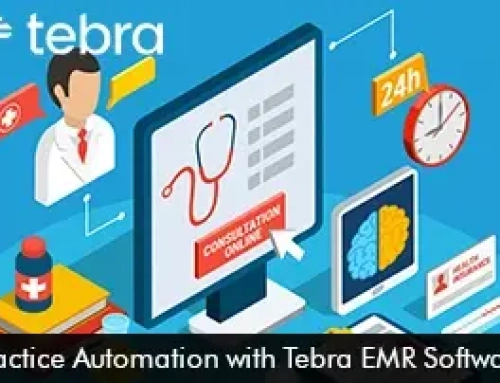The interoperability of Electronic Medical Record (EMR) platforms has emerged as a key trend in the constantly changing healthcare technology landscape, promising to revolutionize the way patient data is shared, used, and exchanged across various healthcare systems. This article explores the most important new trends influencing EMR platform interoperability and their possible effects on the healthcare sector.
Understanding Interoperability in EMR Platforms
Definition and Significance:
Interoperability refers to the ability of different EMR systems to effortlessly exchange and interpret patient data while preserving its accuracy and context.
Levels of Interoperability:
Foundational (basic data sharing), structural (organizing data exchange), and semantic (meaningful data interpretation).
Enhancing Patient-Centered Care:
Interoperability empowers healthcare providers with a comprehensive interpretation of patient history, enabling informed decisions and personalized treatment plans.
Benefits of Interoperability in EMR Platforms
Reduced Medical Errors:
Accurate and comprehensive patient data exchange reduces the risk of errors during diagnosis and treatment.
Improved Care Coordination:
Seamless data sharing enables better communication among care teams, leading to more coordinated and holistic patient care.
Informed Decision-Making:
Timely access to relevant patient information supports evidence-based decisions for optimal outcomes.
Population Health Management:
Aggregated data across systems aids in identifying health trends, improving preventive care, and managing public health initiatives.
Emerging Trends in Interoperability
FHIR (Fast Healthcare Interoperability Resources):
Standardized API-based approach for data exchange using modern web technologies.
Enables real-time sharing of specific health records, promoting data accessibility and integration.
Blockchain for Data Security and Integrity:
Utilizes blockchain’s tamper-proof nature to ensure secure and unalterable health data exchange.
Establishes trust and data authenticity between different EMR platforms.
-
API Integration:
APIs facilitate secure communication between different EMR systems, enabling real-time data sharing without compromising data integrity.
Allows third-party applications to access and utilize EMR data for innovative solutions.
-
Cloud-Based Interoperability Solutions:
Cloud platforms provide scalable and flexible infrastructure for seamless data exchange across diverse healthcare networks.
Reduces the burden of managing complex data integration processes.
-
Interoperability in Telehealth:
Supports remote patient monitoring, virtual consultations, and data sharing between patients and healthcare providers.
Enables timely interventions and adjustments to treatment plans.
Empowers patients to aggregate, manage, and share their health records with different providers.
Puts patients in control of their health information and fosters patient engagement.
Challenges and Considerations
Data Privacy and Security:
Ensuring compliance with privacy regulations and safeguarding patient data during exchange.
Standardization and Data Mapping:
Overcoming differences in data formats, semantics, and coding systems.
Legacy System Integration:
Integrating older EMR systems with modern interoperability standards.
Regulatory Compliance:
Navigating legal and ethical requirements across jurisdictions.
Costs and Resource Allocation:
Balancing investments in interoperability infrastructure with available resources.
Real-World Applications and Success Stories
eHealth Exchange:
Nationwide network connecting healthcare organizations for seamless data sharing.
Apple Health Records:
Empowering individuals to consolidate and share their health data across providers.
COVID-19 Pandemic Response:
Rapid data exchange facilitated informed decision-making and resource allocation.
Future Implications and Outlook
Global Health Data Exchange:
Cross-border collaboration and research leveraging interoperability for diverse populations.
AI and Analytics Integration:
Data accessibility fuels advanced insights and predictive analytics for improved patient care.
Patient-Centered Interoperability:
Patient engagement and empowerment remain central to the interoperability narrative.
The growing trends in EMR platform interoperability hold enormous promise as healthcare continues its journey toward digital transformation. Healthcare systems can improve patient care, lower medical errors, and open the door for cutting-edge research and treatment methods by fostering seamless data exchange. While challenges exist, the ongoing pursuit of interoperability is steering the healthcare industry toward a future of enhanced connectivity, collaboration, and patient-centric care.








